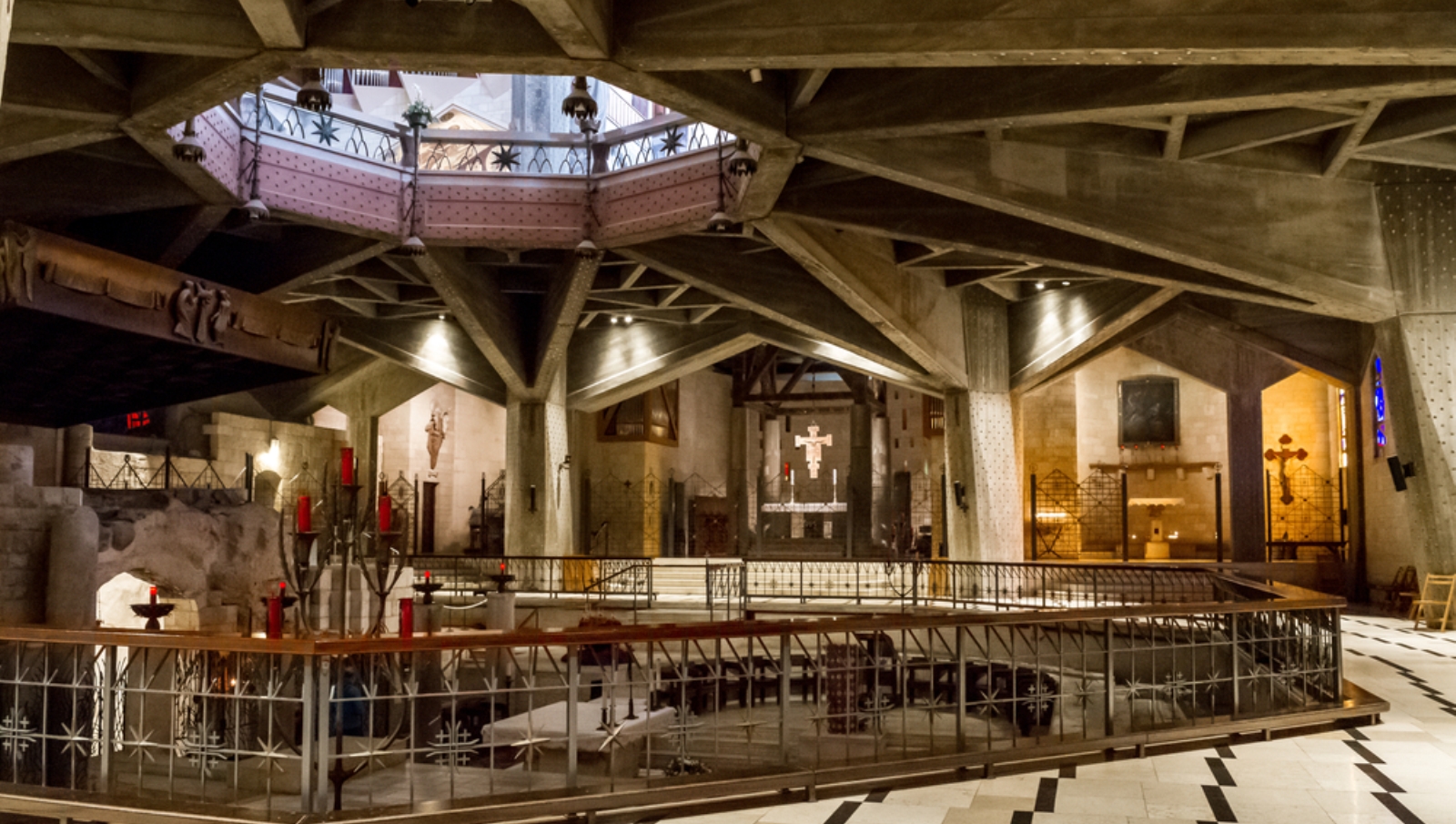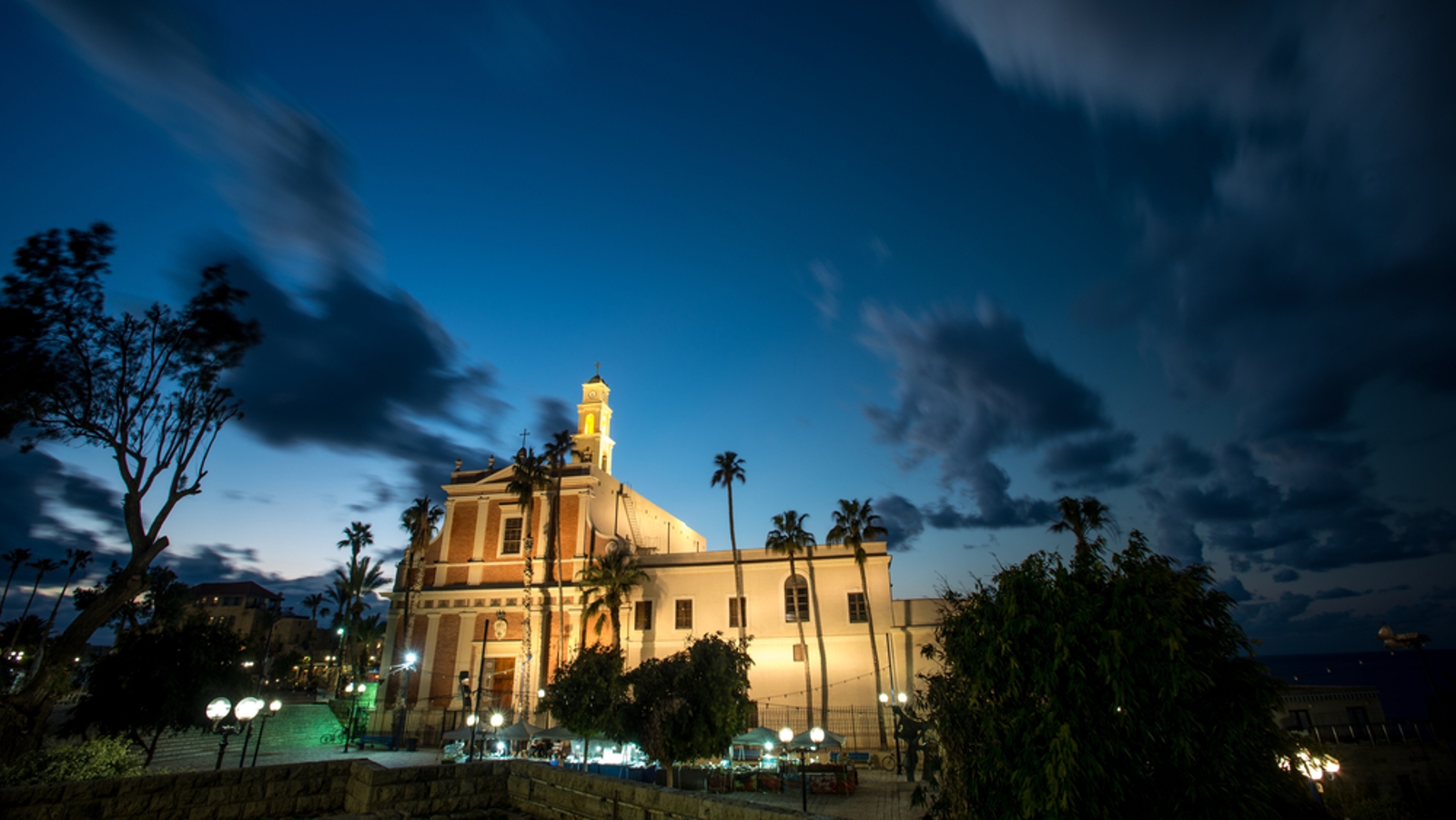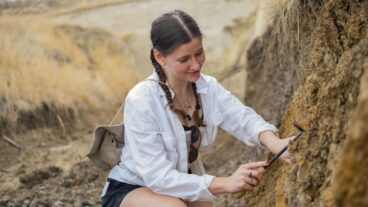Easter, celebrated on April 16 this year, is a popular time for Christian tourism to Israel.
Pilgrims flock to the Old City of Jerusalem to walk the Stations of the Cross and visit significant sites such as the Church of the Holy Sepulcher (which just underwent renovations), as well as key areas of interest in the Galilee where Jesus and his disciples lived and preached.
Israel boasts many beautiful and historic churches of various denominations. If you’re coming for a visit, ISRAEL21c suggests visiting the following eight standouts suggested by Israeli tour guide Jacob Firsel, author of Go to Galilee: A Travel Guide for Christian Pilgrims.
- St. Anne’s Church, Jerusalem
Situated near the Lion’s Gate and Station 1 on Via Dolorosa in the Old City of Jerusalem, this reconstructed Crusader church under the auspices of the White Fathers is “simple and majestic, with unbelievable acoustics,” Firsel tells ISRAEL21c. The Catholic church’s name is due to its traditional designation as the site of the home of Jesus’ maternal grandparents, Anne and Joachim.

- Catholic Church of the Transfiguration, Mount Tabor
Mount Tabor is the assumed location of the Transfiguration, and it is here that Franciscan monk Antonio Barluzzi, “Architect of the Holy Land” between 1919 and 1956, designed this magnificent structure in 1924 on the ruins of a fourth- to sixth-century Byzantine church and a 12th century Crusader church.

- Church of the Twelve Apostles, Capernaum (Kfar Nachum)
You’ll find this red-domed 1930s-era Greek Orthodox church on Route 87 just past the turnoff to the traditional Capernaum site. The small, cross-shaped building has two central domes surrounded by six smaller ones, each topped by a cross. “The frescoes inside are some of the most magnificent in the Middle East,” says Firsel.

- Basilica of the Annunciation, Nazareth
This is the largest church in the Middle East and one of the youngest, completed in 1969. But its roots are ancient; it’s built over the traditional site of the home of Mary and Joseph and atop ruins of Byzantine and Crusader churches. The upper level displays Christian art and the bottom grotto has Byzantine remains of an apse. The building actually houses two interconnected churches designed by the Italian architect Giovanni Muzio. Its cupola represents an inverted lily, a symbol of Mary’s purity.

- The Boat Chapel, Magdala (Migdal)
With a view of the Sea of Galilee and a unique boat-shaped altar overlooking an infinity pool, this modern ecumenical chapel commemorates Jesus preaching from the boat. On May 26, 2014, during his pastoral pilgrimage to the Holy Land, Pope Francis blessed the tabernacle on the altar. During excavations here, remains of a first century CE Jewish synagogue were found, making this a must-visit for both Christians and Jews. The site is in the proprietorship of Legionnaires of Christ, a Catholic order that also administers Notre Dame Pilgrimage Center in Jerusalem.

- Church of the Beatitudes, Mount of Beatitudes
Built by Antonio Barluzzi in 1938, this octagonal Franciscan church celebrates the beatitudes (“Blessed are the meek for they shall inherit the earth…”) overlooking the northwestern shore of the Sea of Galilee. The Mount of Beatitudes is believed to be the setting for Jesus’ most famous discourse, the Sermon on the Mount.

- Church of the Loaves and Fishes, Tabgha
Also called the Church of the Multiplication, this recreation of a Byzantine structure from the mid-fifth century CE has a faithfully restored mosaic floor that Firsel says is one of the most beautiful in the Mideast. Completed in 1982 under Benedictine auspices, the Church of the Loaves and Fishes contains the traditional stone on which Jesus is said to have served a miraculous meal for 5,000 people.

- St. Peter’s Church, Jaffa
Located on the promenade in the Old City of Jaffa within the Tel Aviv-Yafo municipality, St. Peter’s Church is newly renovated. It originally was built in 1654 over a medieval citadel and was later destroyed and rebuilt twice, the last time in 1894. According to Acts of the Apostles, Jaffa was where Peter raised the disciple Tabitha from the dead. The prominent church long served as a beacon to pilgrims arriving by boat from the Mediterranean Sea.


















